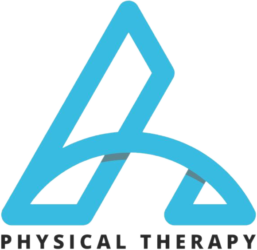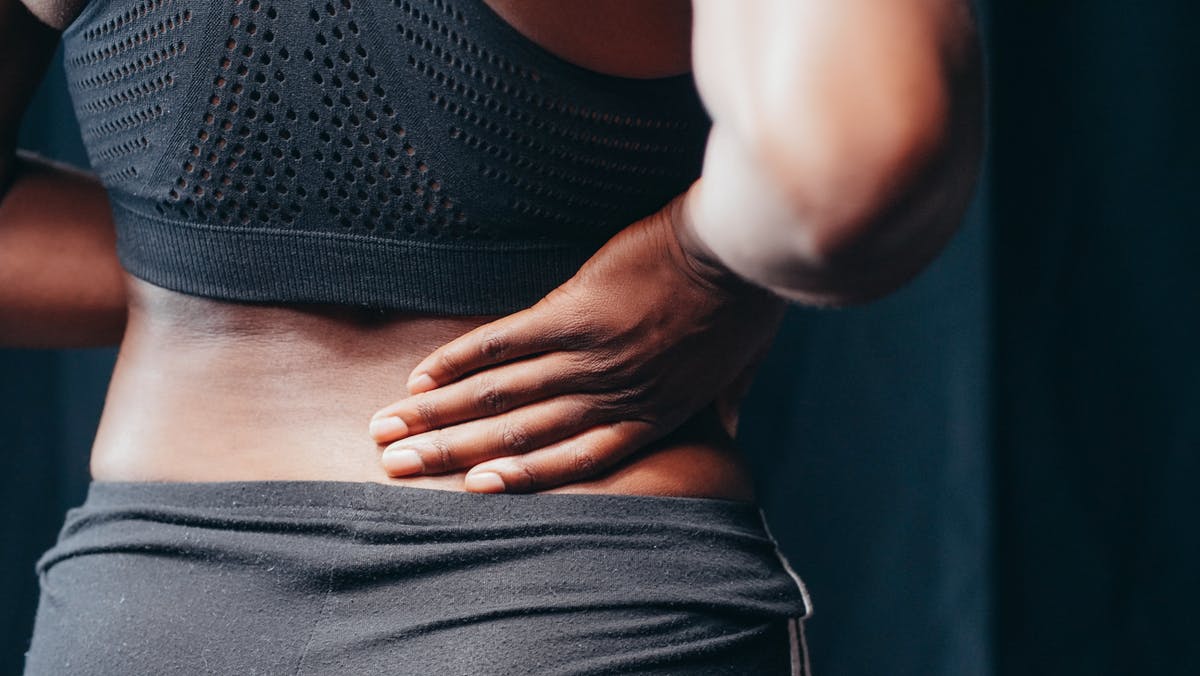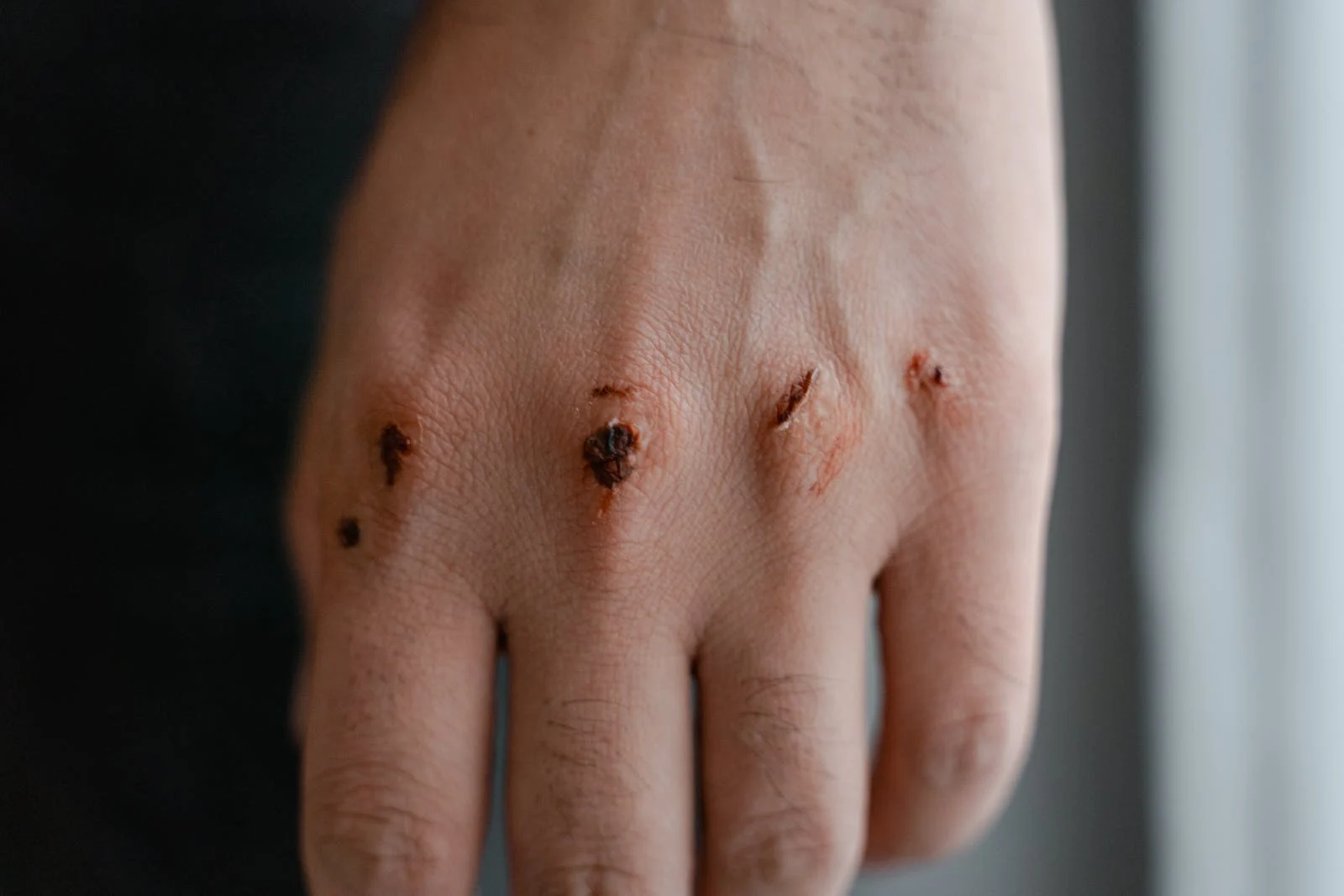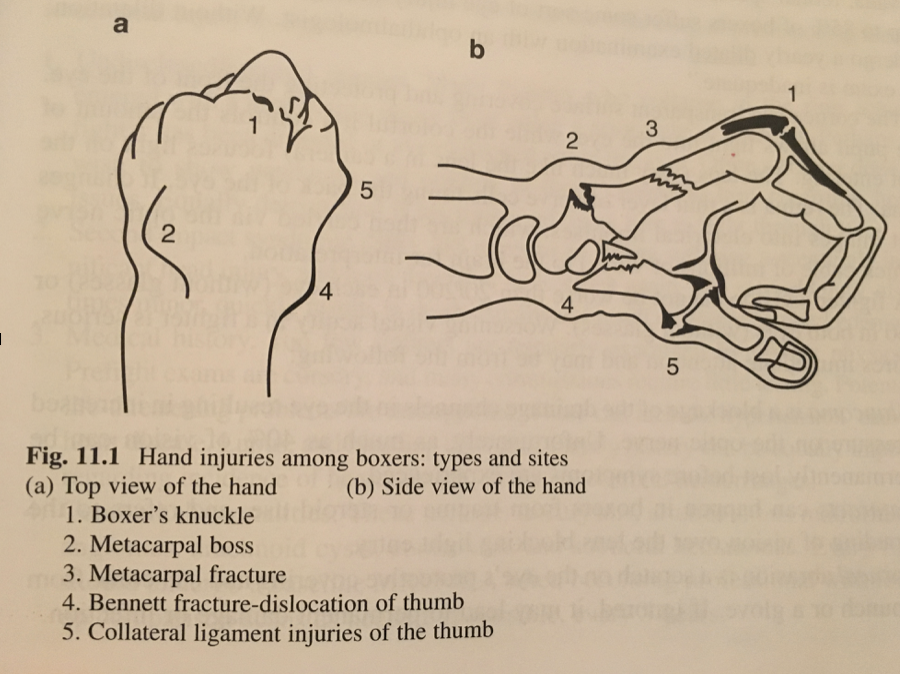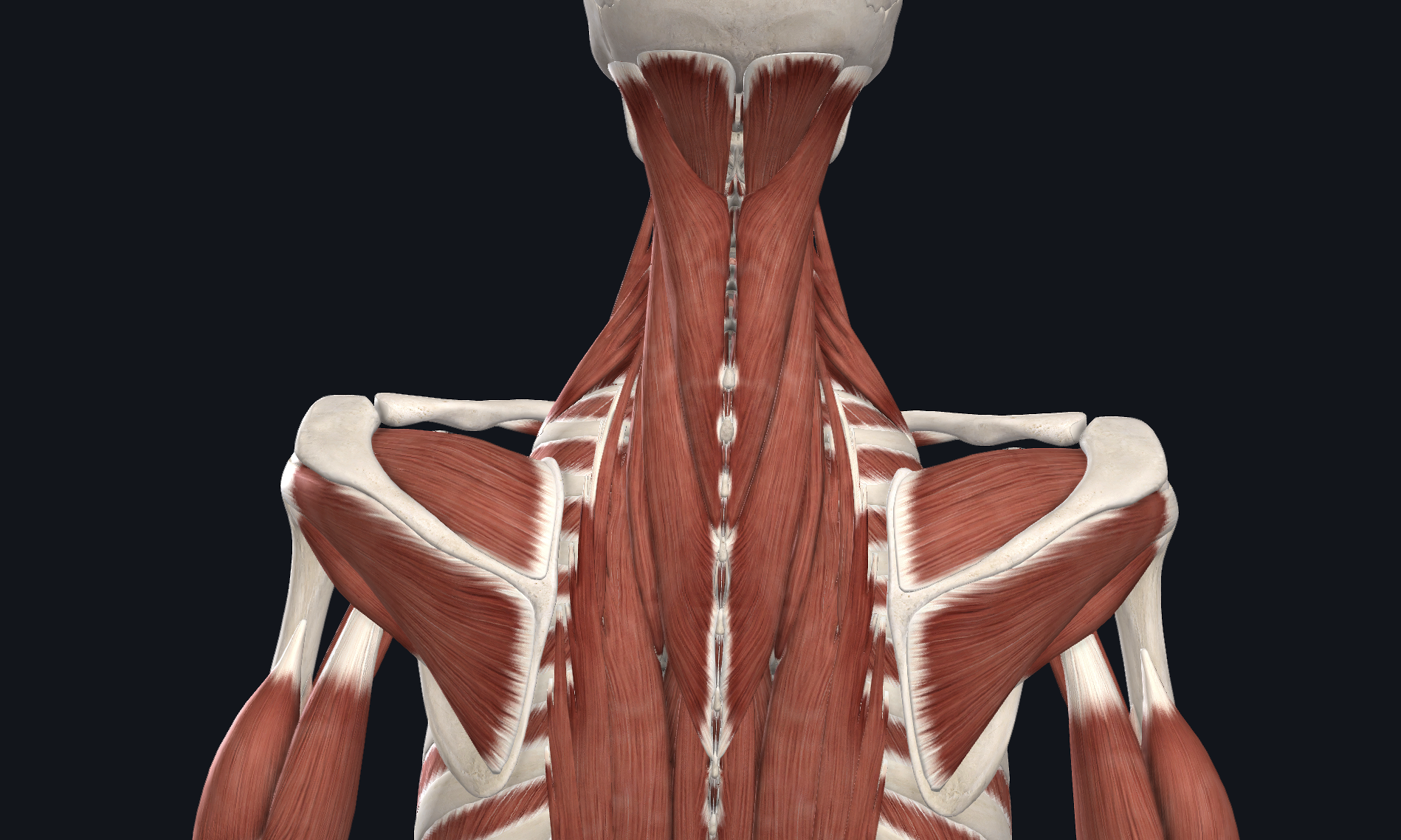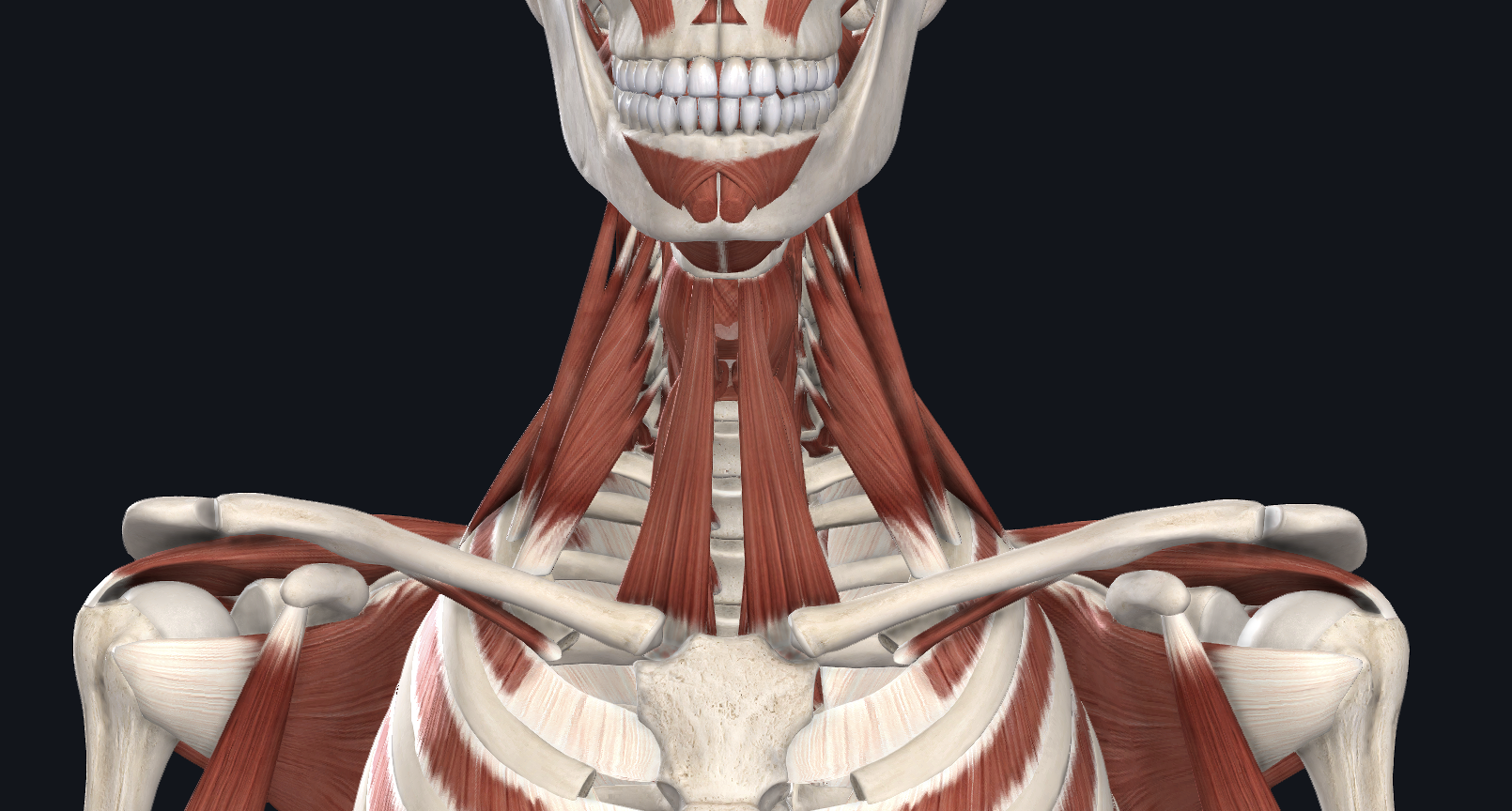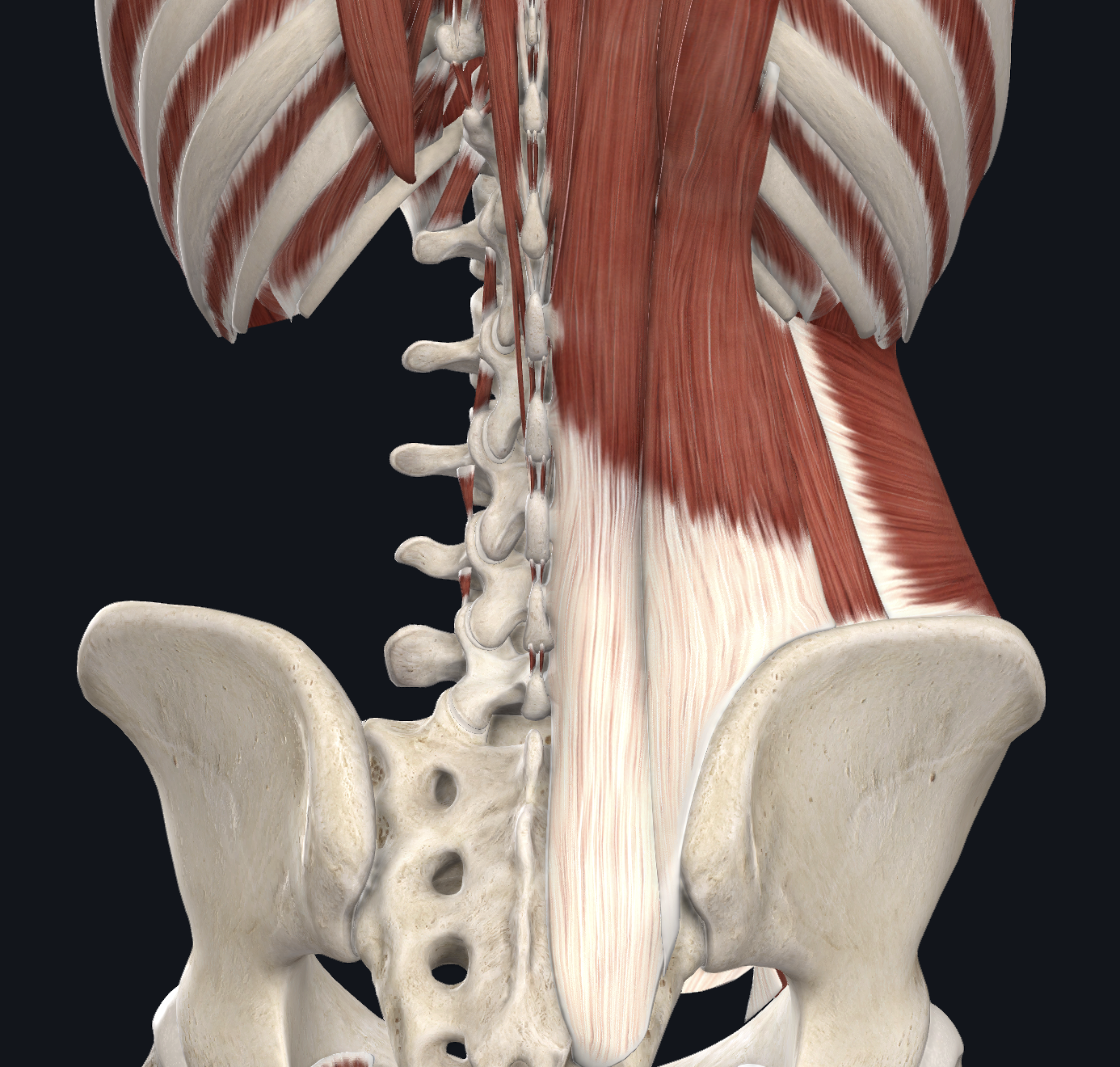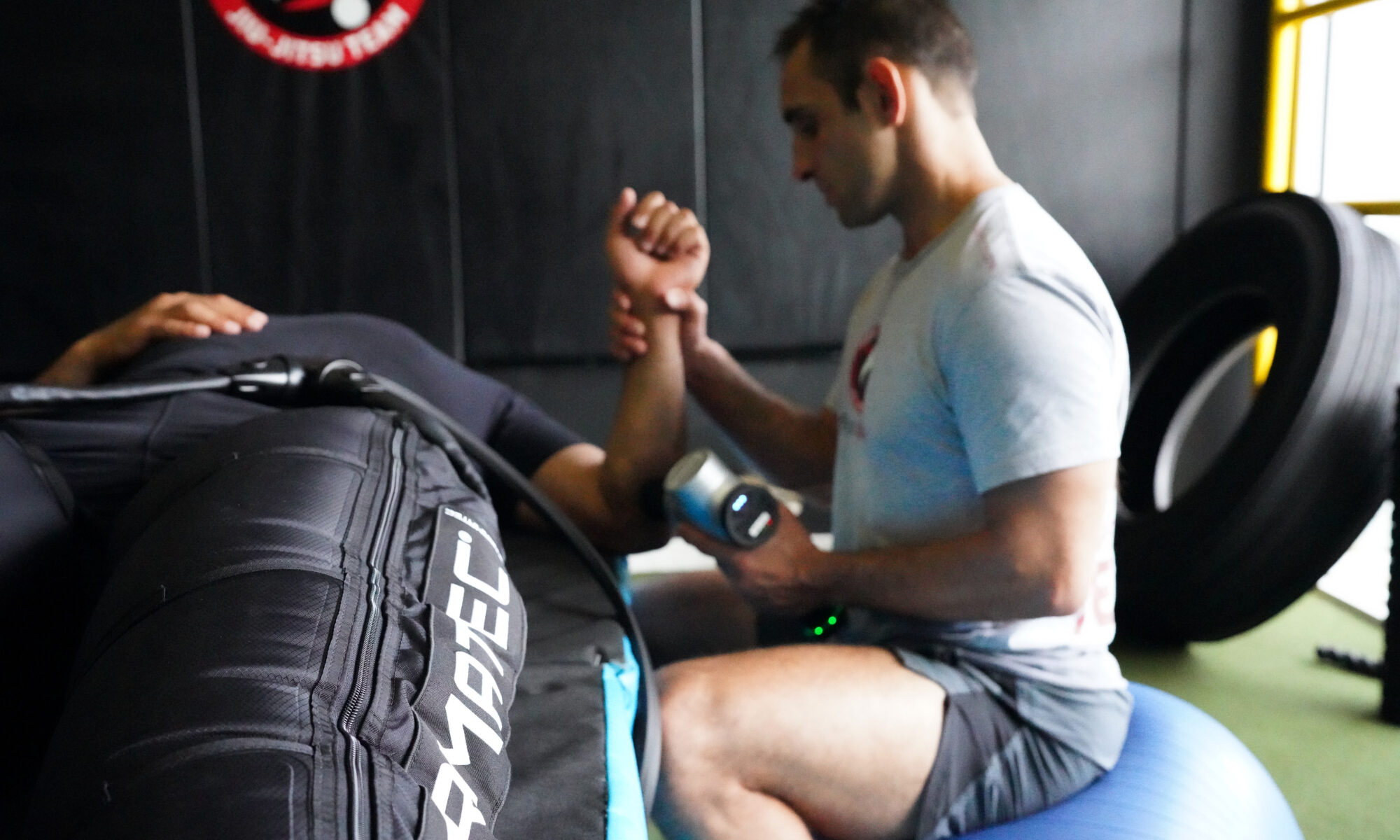
I'm injured, what do I do?
In this article we will discuss how continuing to train through your injury is the best approach and why your doctors advice to take medicine, rest and wait 4 weeks, is the worst approach.
If you are an athlete in Miami, Florida experiencing an injury, are unsure of what to do next about the pain you’re in and keep hitting dead ends with your current plan (or lack thereof), then this article is for you.
“I’m injured, what should I do?” Have you ever asked yourself that?
Every athlete will experience pain due to an injury at some point in their career. Some athletes may choose to take complete time off, refraining from participating in any sporting event. Other athletes may choose to continue to exercise, avoiding aggravating the pain as best as they can. And some other athletes will completely ignore the pain and not change their level of participation.
There are tradeoffs to each of these choices. Working with competitive athletes from a wide spectrum of sports, the most beneficial approach seems to be participating in the sport at the highest level possible while minimizing exposure to causing more damage of the original injury, and avoiding injury of another body part. Continue to train, but modify training to avoid pain that limits function.
Nearly all injuries will cause some type of compensatory movement patterns and we don’t want to overload those joints and push the return to sport date back further.
But we do want you doing something as soon as possible. You may not be able to compete, but you can almost always do some type of skill or strength training. Thats what we want to focus on while managing injuries.
The other two options result in deconditioning (complete time off) and significant increase in the risk of injury (full participation without modification). These two extremes also profoundly impact the psychological direction of the athlete. Complete time off almost always causes distress. The athlete doesn’t have a physical outlet for energy. Not participating in the physical nature of sports can really drag some people down. Another is the feeling of letting their teammates or coaches down. Teams work together, and having one person out can change the group dynamics.
Unfortunately, many athletes receive very poor advice from well-meaning doctors, friends and social media personalities. Just the other day I had a jiu jitsu athlete call me up for a second opinion about a recent knee injury. The “doctor” said “You need to wear this knee brace, use these crutches, ice it twice per day and this is the plan for the next 4 weeks. When you come back in a month, we can start to do rehab exercises.”
The athlete was rightfully hesitant about the outcome- such a long time off for an athlete can mean a huge difference in their rankings, and income if they coach!
That same day, the patient came limping into my office, fearful of what I may say. After a full injury history and movement assessment, we discussed how the knee functioned and what would be a few good short term and long term goals.
The athlete had several competitions coming up in the next month- he did not want to miss that. And I didn’t want him to either.
After we did a little bit of work, we took another look at how well he moved. We reduced his knee pain to minimal and there was a significant improvement in confidence. The patient was placed on a home exercise program- a list of exercises to perform on his own.
We discussed the importance of progressive return to sport including an extended warm up followed by light drilling with a trusted partner. We got him back to drilling that same week- not a month later.
That SAME DAY we improved his flexibility, strength and most importantly CONFIDENCE. He was doing things that very day that he wasn’t “supposed to do” for a month!
This athlete went from “I cannot do a single thing with this leg for another month- no training and cancel that competition!” to “I have a plan and I can still train- I’m going to work as hard as I can to compete next month”.
I do this all the time with nearly every single athlete. The sad thing is that I cannot believe how many medical doctors and other health care professionals out there still advocate doing NOTHING for an injury!
With very few exceptions- sitting around waiting for the injury to “heal” is by far the worst thing you can do as an athlete. Even if you have a broken bone with the limb casted up, you should still exercise the rest of your body.
Always get assistance from a qualified physical therapist.
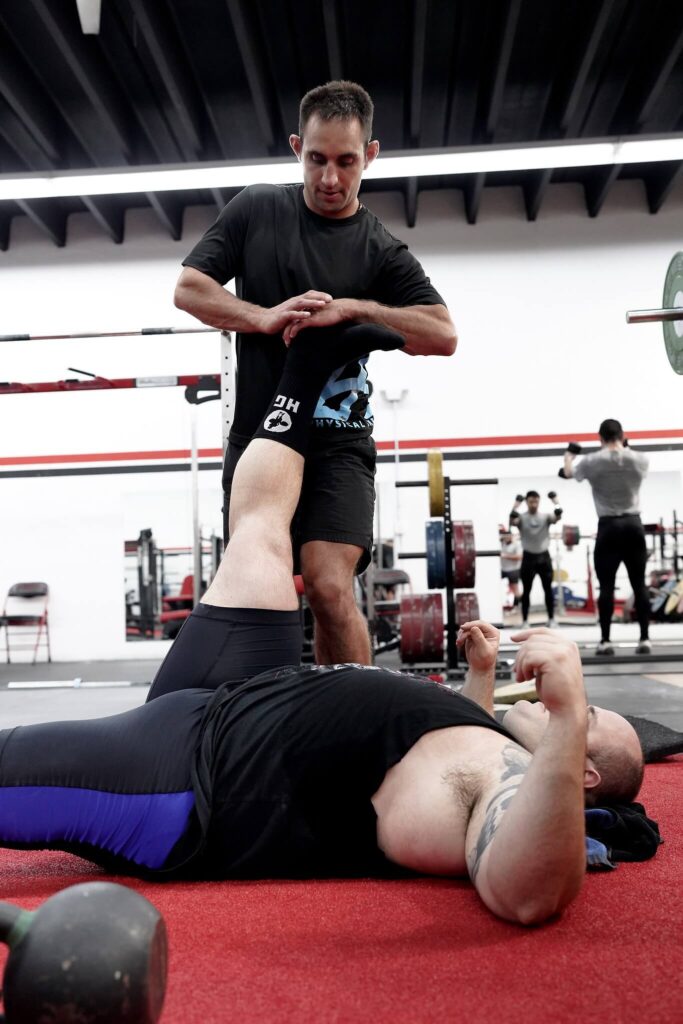
Choose someone that understands your injury history, the sport you participate in and what your goals for return to sport. There is always something you can work on while the primary injury is being managed.
One of the really interesting things about continuing to exercise despite an injury is that exercise improves pain! In a large study looking back at data over the past 40 years on exercise and its effects on pain, the results are conclusive: exercise can reduce pain and improve function. Both aerobic and resistance training help reduce acute pain and chronic pain. If you have a torn rotator cuff you can still jump on a bike! If you sprained an ankle, you can still do an upper body dumbbell workout!
Why else should you keep exercising? It keeps the muscles, bones, tendons and ligaments strong and resistant to deconditioning. Even in veteran athletes, taking as little as a week off from training can have a profound impact on strength, balance and technique.
Why do athletes continue to “take time off” when they’re injured? They’re either given bad advice or they just haven’t heard the good news yet. Social media may be good for quick how-to guides and memes, but it is an inadequate space for serious athletes to manage their injuries.
If you are an athlete in Miami trying to figure out how to “work through” an injury. If you’re taking time off from training, are frustrated with your lack of progress and feel like you have no direction, then its time you reach out and get some professional guidance. I have yet to meet an athlete that did not find value in understanding their injury and how to get back to their sport. Every athlete that gets quality care is more confident and less likely to “suffer through” their injury.
Find the help you need from a therapist that understands.
Give our office a call, schedule an appointment and be one step closer to doing the thing you love.
